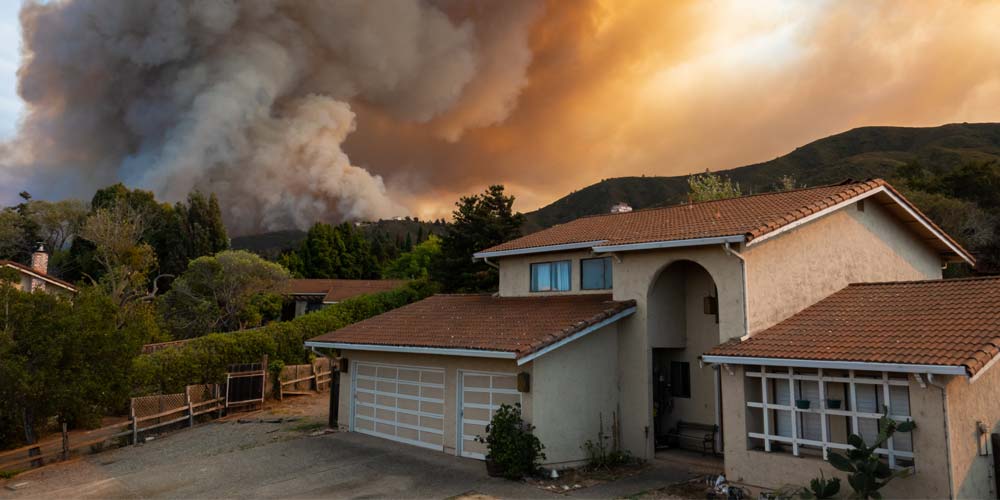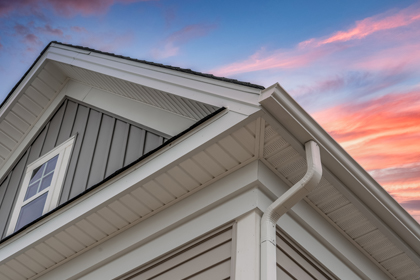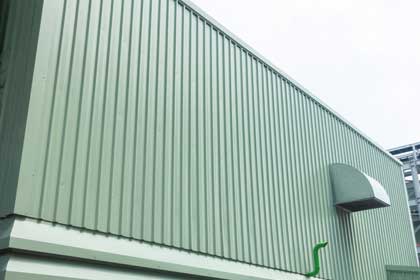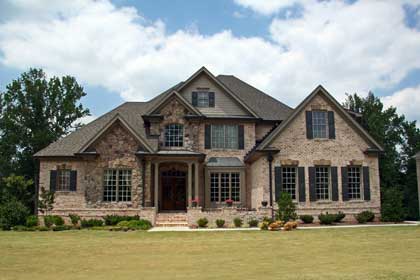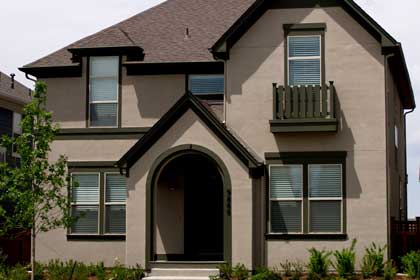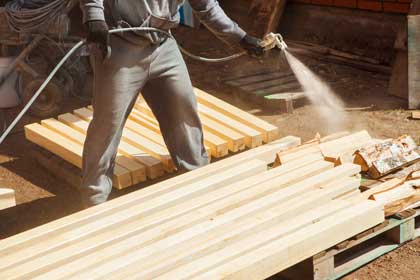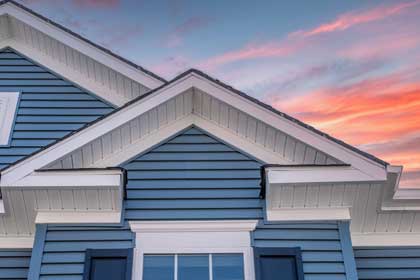4 MIN READ
Protect Your Home From Wildfires With Fire Resistant Siding
With wildfires on the rise, especially in western states, you will want to do everything you can to prevent any hazard to your home. While you cannot protect your home from everything, you can make it as fire-resistant as possible. You can do this by investing in more ignition resistant materials and less incombustible materials.
The siding of your house faces many daily challenges as it is exposed to water, pests, and different weather conditions throughout the year. Over time these elements start to damage your siding, leaving you to figure out what to do next. Since we cannot predict mother nature, our recommendation would be to be prepared for anything that comes your way. Most siding, if not all, can protect your home from the daily challenges, but what about the unexpected?
Fire Resistant Siding
- Ignition Resistant
- Combustible
- Non-Combustible
Siding is an essential component of your house and is the first layer of defense for protecting the weather-resistant barrier, sheathing, framing, and sheetrock. The highest quality siding material combined with professional installation will protect against water and fire damage. Over time, any siding will deteriorate with time, but keeping up with maintenance and siding repairs will save you money in the long run.
Fire Resistant -vs- Fireproofing Your Home
Fire-resistant is not the same as fireproof. The difference between the two is, fire-resistant means that the siding can withstand the damages for a duration of time before ultimately needing to be attended to. Fireproof construction means all components and materials on the outside of the house, including the vegetation management plan, provide comprehensive defense against a wildfire.
Combustible -vs- Non-Combustible
Common combustible products include solid wood, plywood, oriented strand board, other compressed wood-fire products, and siding made from vinyl and other plastics are not able to withstand the heat of a wildfire.
While replacing your current siding, and other parts of the house with non-combustible material is the best choice to make your home fire-resistant. Another method you could use to combat fires would be to treat the wood with an exterior fire-retardant chemical. It is a way to protect your siding as the wood has to undergo a standard flame test and a specified procedure of wetting and drying wood cycles.
James Hardie Siding® Provides Excellent Wildfire Protection
So, what kind of fire-safe siding do we recommend? If you need a siding replacement, our choice is James Hardie Siding, especially if you are looking at products to keep your home safe and protected from wildfires as well as dry rot. Most James Hardie siding has not shown that it ignites or spread fires and is considered one of the best materials in The Pacific Northwest to reduce siding water and fire damage.
Benefits Of James Hardie Include:
- James Hardie products will not ignite when exposed to direct flame or contribute to fuel, the heat will transfer through the siding.
- Instead of having your siding burn as soon as flame touches it, the siding can be exposed and resist burning the interior wallboard for one hour buying time till it gets attended to.
- Even though James Hardie products are installed with nails, like most masonry products, they are made primarily out of cement. This is important because it performs similar to brick, stucco, and stone which means the fiber cement portrays similar fire and moisture resistance.
- Fire resistance requires the correct assembly of the wall coupled with the proper installation of James Hardie Fiber Cement Siding can prevent excessive heat, hot gases, or flames.
Fireproof Your Home
Fireproofing your home is essential, especially if you live in an area where wildfires are; California, Oregon, and Washington. It takes more than just your siding; you have to be aware of your walls, roof, and interior. So, when thinking about preparing for wildfires in your area make sure you gather all your important belongings, fireproof your home starting with the siding and layer beneath it, and then look around the perimeter for any landscaping you can do for a fire-safe vegetation plan.


